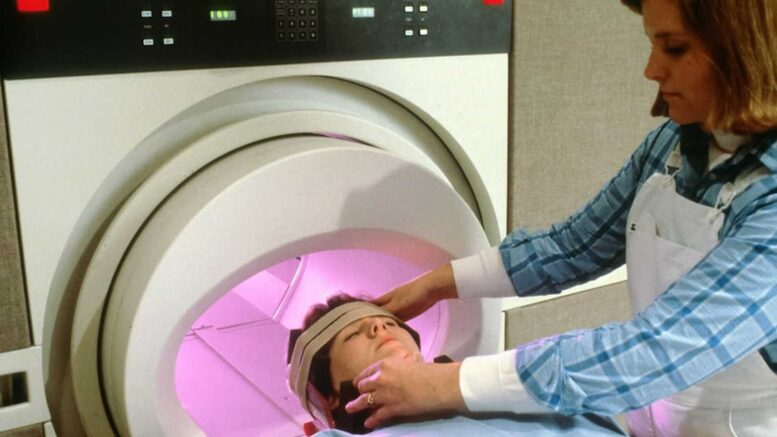How can human factors testing help you design a better medical device? Find out here, along with some key tips on how to carry out this important clinical step.
Clinical testing helps prove that drugs, medical devices, and combination devices are safe. However, even the safest product can become dangerous if misused. Sadly, humans are not perfect, so this is a real risk. This is especially true when a product moves from controlled clinical testing to widespread use by the general public.
Human factors testing helps to anticipate and prevent these types of errors from occurring. In this article, we will answer a few frequently asked questions about human factors testing that anyone hoping to bring a medical device to market should understand.
What Products Need Human Factors Testing?
Human factors testing is a strategy utilized in a wide range of industries to help prevent human error when interacting with products, vehicles, devices, and equipment. From aviation to industry and even toys, human factors testing helps make our world safer and more dependable.
One of the most important uses of human factors testing is in the medical industry. After all, the products, devices, and software used can make a difference between life and death. Here are a few of the most common uses in the medical industry for human factors testing.
Medical Devices
From MRI machines to stretchers to hearing aids: there are a wide range of medical products out there. One thing they all have in common is that at some point they are operated by a human being. Human factors testing aims to make these interactions as smooth and predictable as possible
Combination Drug Devices
Some medical devices are in fact, mediums for dispensing a drug. (Preloaded injections, inhalers, etc) These types of products must be carefully tested in order to avoid incorrect dosing and misuse that could endanger human health and safety.
Software as a Medical Device (SaMD)
In our high-tech world, software plays an increasingly important role in healthcare. This offers many opportunities, but it also comes with some risks. Not every healthcare professional is a tech wiz. However, with proper design and testing, SaMD creators can empower better patient care and outcomes.
What Elements of Each Product Should Be Tested?
Human factors testing takes into account a few different elements of design in order to understand the real-life usage of the product. Here are some of the key things that need to be considered.
- User Experience. As the name indicates, UX refers to the actual subjective real-life experience that a healthcare professional or patient will have when utilizing the product
- User Interface. UI refers to the interaction that users have with a given product. This includes the visual appearance, tactile feel, and even the shape of the product.
- Instructions. Different people can interpret the same words differently. Human factors testing helps ensure your instructions are clear, concise, and easy to understand.
System Usability
The system usability scale, also known as SUS, helps product designers gauge the overall accessibility to users. SUS utilizes a series of 10 statements, with user responses ranging from “strongly agree” to “strongly disagree.” Examples of these statements include
- “I think that I would need the support of a technical person to be able to use this system.”
- I thought the system was easy to use.
- “I felt very confident using the system.”

When Should Testing Be Done?
The answer to this question is that human factors testing is an ongoing process that should be conducted at all stages of the product lifespan. There are two general stages this can be divided into: formative testing and summative testing.
Formative Testing
Formative testing is done before the product is fully developed. The results of these tests will help in the formation of the final product by guiding the work of your product developer, UX/UI designer, etc.
Summative Testing
Summative testing is done to understand a finished product. It requires a process of ongoing improvement. Needless to say, it is easier and more cost-effective to identify problems in formative testing than to fix them later. This is why it’s important to test early and often in order to establish a good roadmap from the start.
Who Should Participate in Studies?
As with any experiment, human factors testing relies on recruiting a representative sample. You need participants who can provide accurate insights into the nature of your product. This is one area in which Improvita can help. They recruit human factors testing participants from a wide range of professions and experience levels to provide the most insightful testing possible. Here are a few of the types of people that should be included in human factors testing for the medical industry:
Doctors
Medical doctors are among the principal users of many medical devices. So it should be unsurprising that recruiting MDs for human factors testing is important.
Nurses
RNs are another important segment of the front lines in the medical industry. Good product development certainly takes into account nurses as potential users and ensures that your average RN will be fully prepared to understand and utilize your product, combination device, or software.
Other Healthcare Professionals
Technicians, receptionists, and other healthcare professionals also interact with software devices and medical products in the real world. Therefore, if your product is intended for these types of users, they should be included in your testing.
Laypeople
You should also consider testing with laypeople for your products. Many combination devices, such as inhalers, are not administered by doctors, nurses, or medical technicians, Rather they are used by patients themselves. Therefore, making the product easy to use and writing clear instructions help create a user interface that is safe and comfortable. After all, what appears obvious and easy to the product designer might not appear so to a patient. (Especially one who is stressed or physically unwell at the moment of utilizing the device.)
